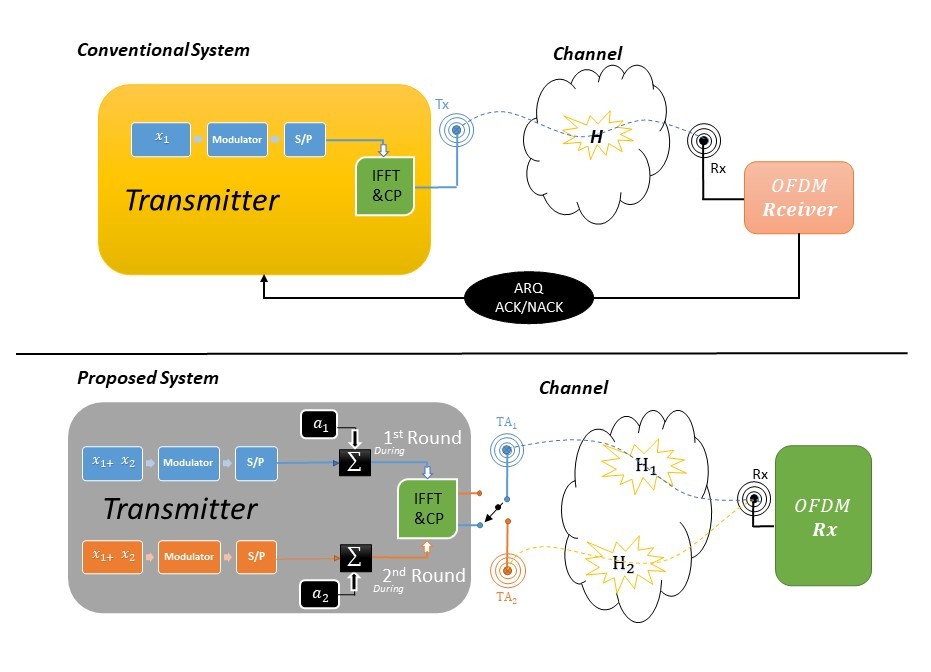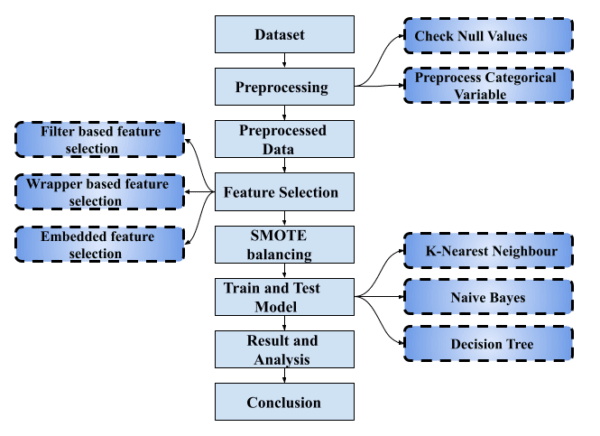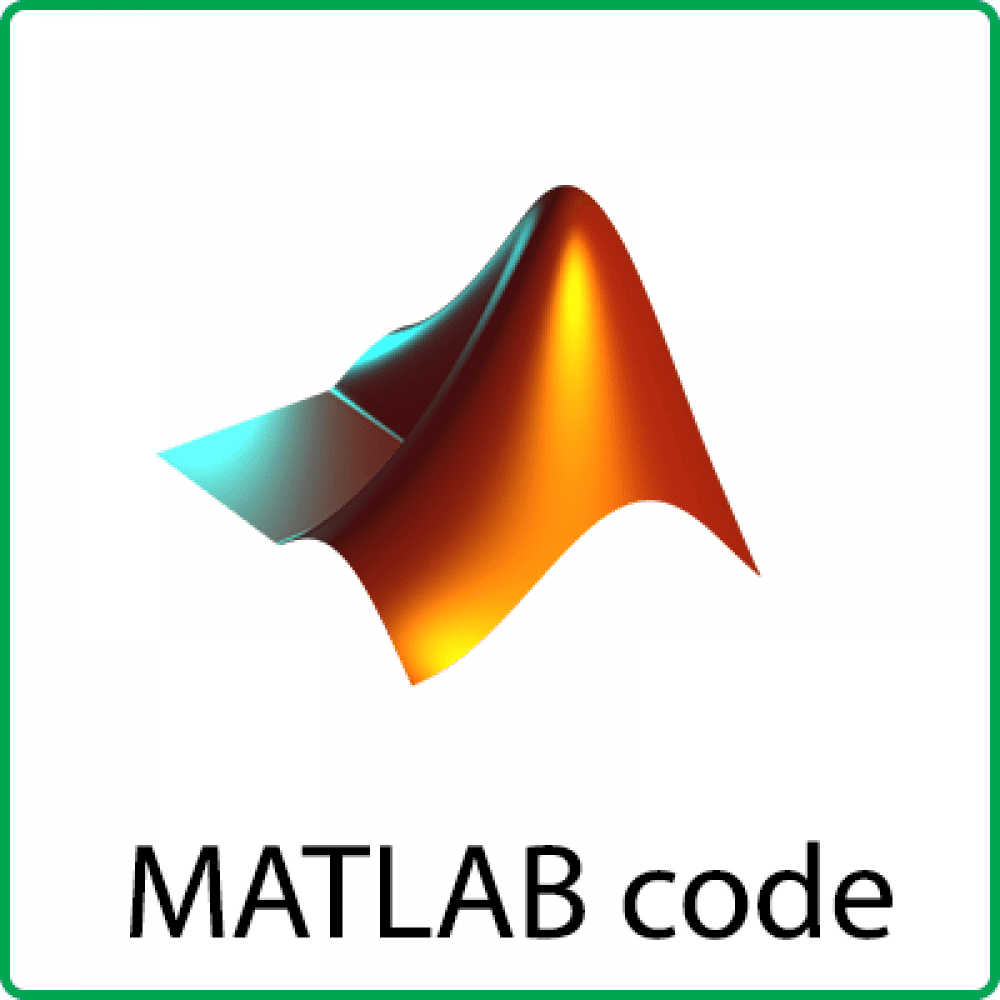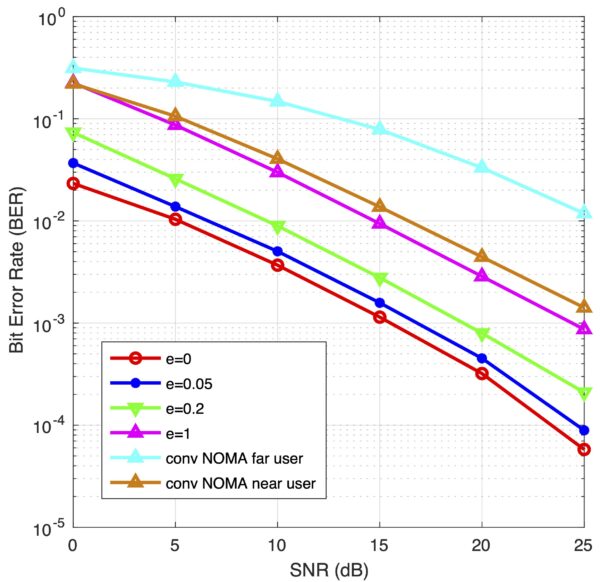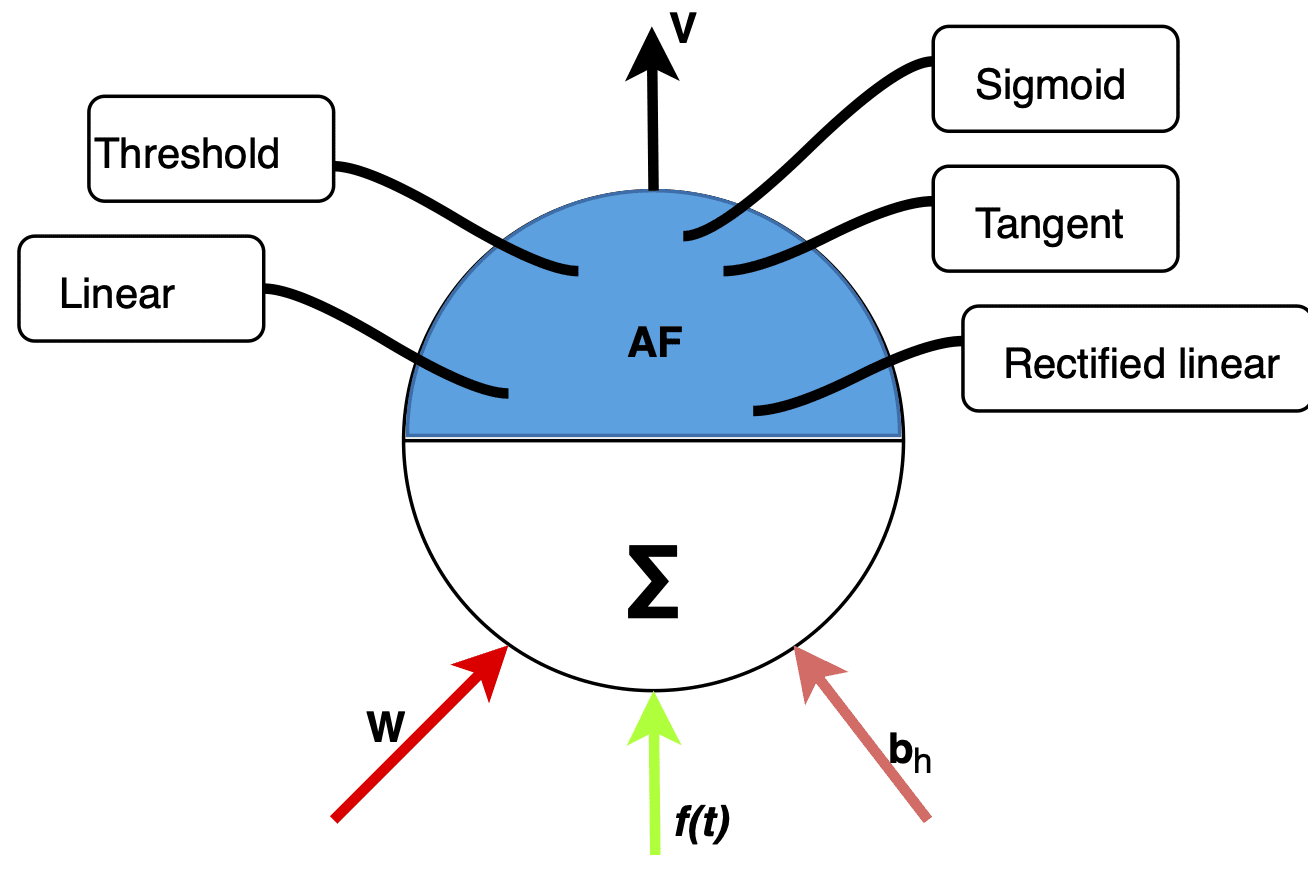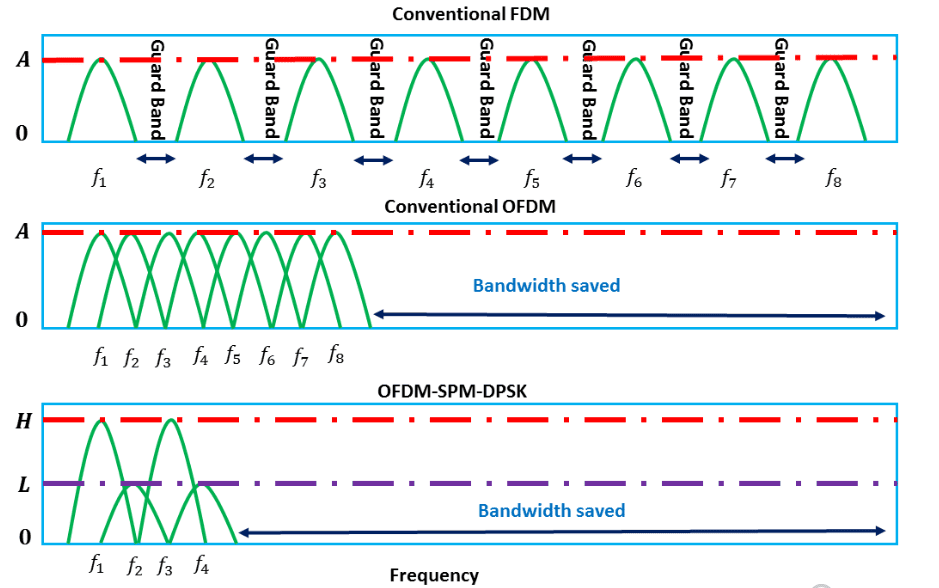Description
The product includes the simulation code package which is used to generate the results that are displayed in the research paper titled “A New Dual Transmission Technique Employing Auxiliary Signal Superposition for Improving Throughput Efficiency and Reliability of Future Generation SISO-Aided Communication Systems“.
Comprehensive Summary of the Paper:
This technique is modeled for the future sixth-generation (6G) and beyond wireless communication systems that require huge volumes of data with high reliability and devices that require low latency as well as less complexity. With this aspect in mind, we propose a novel dual transmission communication technique that follows the SISO system design which has one transmitter with two antennas. one receiver with one antenna and a single RF chain so that there is only one communication link. The transmission is intelligently done in two rounds such that in one round only one antenna is active while the other antenna is not. Through this technique, we focus on improving the data rate, diversity, quality of service, saving power and also take advantage of physical layer technology to overcome the interference problems that exist in the conventional wireless communication schemes. The proposed model not only satisfies the high throughput demand it can also provide diversification and reliable communication with reduced PAPR. On the other hand, the proposed scheme also manipulates the wireless channel characteristics to eliminate overall interference as well as completely degrade the channel effects at the receiver. More specifically, auxiliary signals are designed and superimposed on top of the user’s signals from the transmitter to provide effective cancellation of interference, while providing low complexity and processing at the receiver side with reducing the power consumption. The advantages and novelty of the proposed system are presented via extensive mathematical analysis and validated by numerical simulations. The results obtained from simulation unveil that the proposed technique provides better throughput, improved reliability, less complexity, is suitable for low power consumption, limited processing devices, and future networks.
